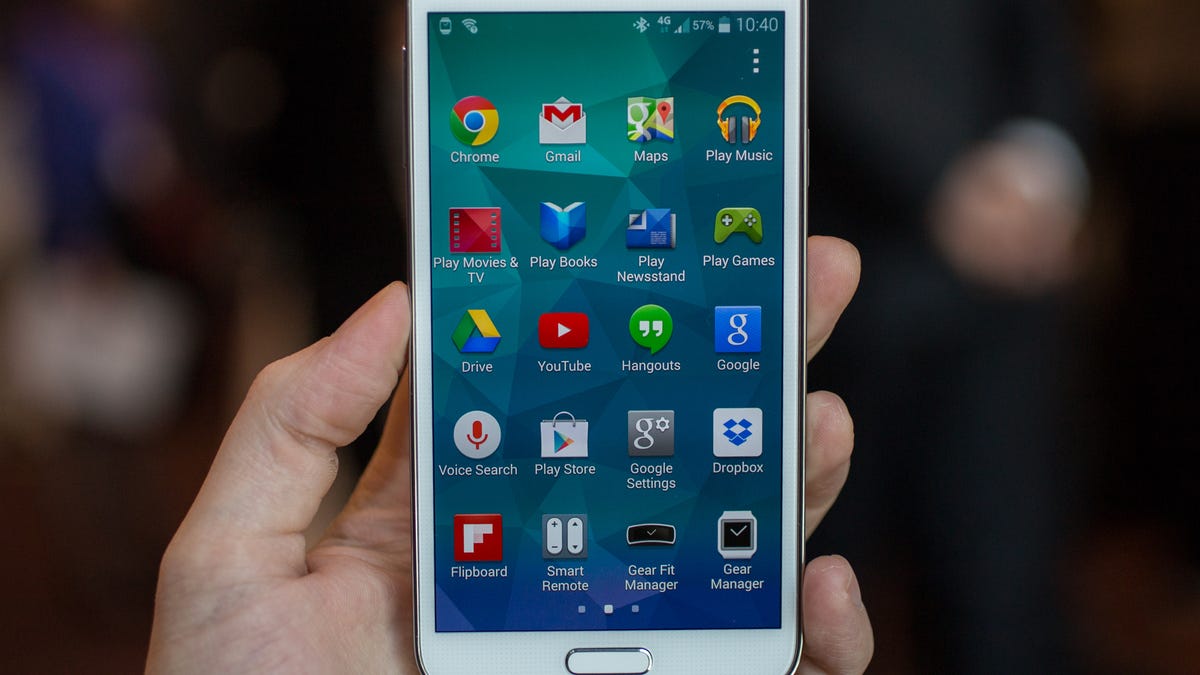Galaxy S5: Hardly Samsung's be all and end all
The new flagship Galaxy S5 will capture the spotlight, but cheaper smartphones for emerging regions could really make a difference for Samsung this year.

BARCELONA, Spain -- The Galaxy S5 may be Samsung's flashiest device of the year, but it won't be the only important one.
The Korean electronics giant on Monday unveiled its
Increasingly, the battleground for mobile won't be waged on the streets of New York or London but in the alleys of Beijing and Mumbai. The market for low-end phones should grow about 17 percent each year through 2018 while the high-end smartphone segment -- the category the Galaxy S5 calls home, along with
"There's no question that emerging markets will provide a very large growth opportunity for mobile," Cristiano Amon, Qualcomm's president of mobile and computing, told CNET.
That means Samsung, Apple, and all of the other handset makers must adjust. They have to keep developing their high-end devices to boost their brands and attract buyers in markets like the US. But they also need to put more focus on their cheaper smartphones and figure out how to compete in places like Brazil.
For Samsung, that's not too much of a stretch. The company already is the top smartphone vendor in mainland China and other developing markets. It has long followed the strategy of releasing a wide variety of devices at different price levels, and that has helped buoy its position in many regions.
However, it's also seeing more competition from mobile up-and-comers such as Huawei, Lenovo, and Xiaomi. Right now those companies are gaining in China, but they also have plans to aggressively expand outside their home country. Lenovo, for one, will do that partly through its Motorola acquisition. That's something that should have Samsung worried.
"Samsung is still doing fairly well in most emerging markets," Jackdaw Research analyst Jan Dawson said. "But it's not growing share in most markets, just holding onto its position."
For instance: LG, which showed off its G Pro 2 and G2 Mini, also unveiled an entry-level LTE device called the F70. And Nokia, the predominant Windows Phone maker, launched an Android device -- the Nokia X -- intended to garner attention, and buyers, in emerging markets. Even software giant Microsoft showed off a Qualcomm reference design that would help handset vendors make smartphones quickly and cheaply. The company has been benefiting from Nokia's strong position in developing nations.
"We're open for business on Windows Phone to anyone who wants to build a Windows Phone," said Nick Parker, the Microsoft executive who handles the company's relationship with hardware companies.
Of course, selling a bigger percentage of lower-priced phones than high-end devices comes with its own problems. The volumes will be much higher, but handset vendors don't make as much from those cheaper devices. Apple, in a bid to protect its high level of profitability, has decided not to play in low-end or even midrange devices, at least for now.
Samsung won't be following the same strategy as Apple, but it will have to decide just how far it's willing to go. The company's first course of business this year will be getting the Galaxy S5 into the market and convincing consumers that its tweaks are worth the upgrade. But after that, emerging markets await.

